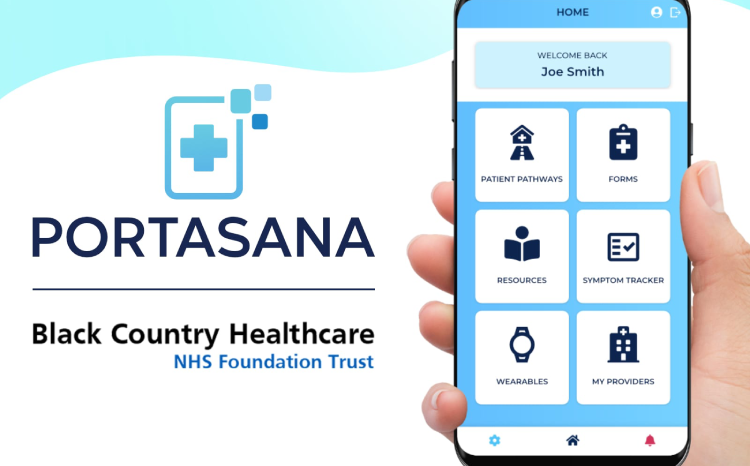CHI Reports Emphasise Need to Align Strategy and Operations
- 7 February 2002
Three new reports by the Commission for Health Improvement (CHI) provide a series of snapshots of how NHS trusts are tackling IM&T modernisation and harnessing information to support clinical governance.
Common themes that emerge from the reports include: data quality problems, ensuring clinician involvement, aligning strategy and developments at the operational level, and implementation of major systems.
All three of the CHI reports identify staff training on IM&T as a priority.
CHI’s clinical governance review of the flagship Chelsea and Westminster NHS Trust praises the IM&T development at the strategic level — with an early commitment to an integrated hospital information system (HISS) and electronic patient record (EPR) system — but expresses concern about implementation at the operational level.
Quality of information from the trust patient administration system (PAS) is highlighted as a major issue, but the review notes a lot of work has gone into resolving the issue in a collaborative effort with software suppliers.
Chelsea and Westminster was one of the first NHS Trusts to implement an EPR – achieving level 3 to 4 by 1999 following a big bang implementation. The review notes that this had caused "a year of pain" but adds the system is now settling in.
“Staff initially had problems including complaints about workability and complexity of the system. They were seeing a lot of effort put in for little return,” states the review. The greatest problems were reported by administrative and coding staff "who found it a nightmare".
Poor communication with clinicians, for both information services and IT, is identified as a key issue requiring cultural change if clinicians are to be fully involved in developing the full potential of IM&T: "The lack of communication distances clinicians from the process of producing information and they have less confidence in the data."
Urgent action is also called for to ensure the security of medical records, together with more staff training in the use of clinical information and work to ensure compliance with Caldicott requirements.
At Eastbourne Hospitals NHS Trust, by contrast, the CHI review team praised progress and development on IM&T at the local and operational level. It found no clear IM&T plan at the strategic level, however, and concluded developments had been based on the provision of technology rather than use of information.
Particular issues are identified concerning the move from the IRC PAS system to the Oasis PAS system, including access and training. While nurses could access the old PAS, only ward clerks were currently inputting data into the new Oasis system, as training had not yet been given to nurses.
"CHI found a technical focus within the trust that did not sufficiently involve clinical staff to ensure that the IT system in the future delivered outcomes that were desired and needed," states the review.
The CHI report also notes that the new Oasis PAS system was behind schedule and that there were complaints from staff about the quality of data they could initially access from the system. "The problems had affected staff confidence and produced a great deal of frustration," notes the report.
Other IT problems identified at the trust included limited network access, with only one terminal per ward able access the internet — though plans are in place to add a second terminal per ward.
Problems with the reliability of network access were also highlighted: "Internet access has a tendency to cut out for long periods and IT support service was perceived by trust staff to be slow to respond to requests for help."
The CHI review at Southport and Ormskirk NHS Trust, meanwhile, identified "Worthwhile progress at the strategic and planning level but not at the operational level".
The review, however, notes that the PAS system from Southport was successfully rolled out to Ormskirk within a month of the two trusts merging, and that following the merger the trust established a unified network across both hospitals.
Although the trust’s 700 computers have intranet access, which supports a range of clinical information and information about the trust, only some staff have access to the service.
The report concludes that action is required to link stand alone IT systems, used by different departments, and ensure that all medical directorates and staff are confident in using the systems.
Links
CHI Clinical Governance Report of Chelsea and Westminster NHS Trust
CHI Clinical Governance Report of Eastbourne Hospitals NHS Trust
CHI Clinical Governance Report of Southport and Ormskirk Hospital NHS Trust




